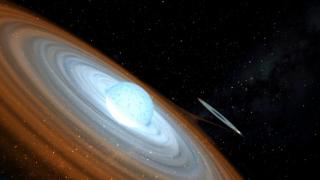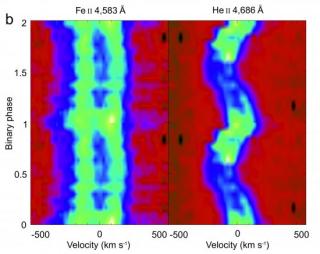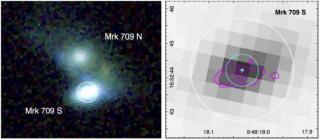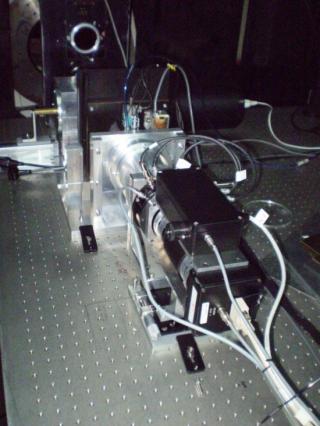
The Instituto de Astrofísica de Canarias (IAC) is collaborating with this multidisciplinary festival for Astrophysics and Space SciencesThe second event, which has the slogan "Beginnings: the making of the modern cosmos" will take place in Tenerife and La Palma from 22 to 28 September 2014
Advertised on




